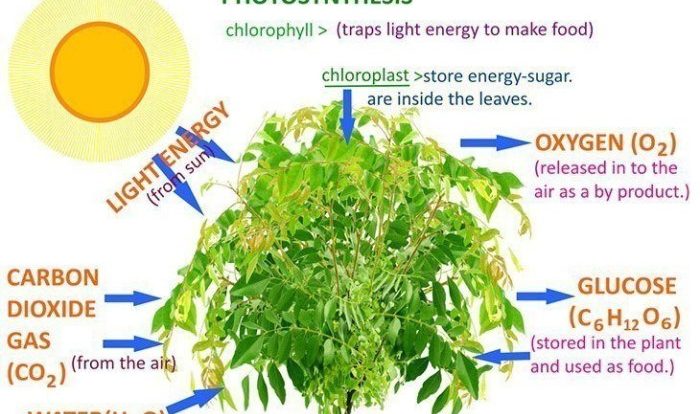Chapter 18 the integumentary system – Chapter 18: The Integumentary System embarks on a fascinating exploration of our body’s largest organ, the skin. This multifaceted system serves as a protective barrier, a sensory receptor, and a vital regulator of our internal environment. Join us as we delve into the intricate layers, diverse functions, and common disorders associated with this remarkable organ.
From understanding the skin’s anatomy to appreciating its role in thermoregulation, sensation, and vitamin D synthesis, this chapter provides a comprehensive overview of the integumentary system. We will also examine the structure and functions of hair, nails, and sweat glands, unraveling the mysteries of these fascinating skin appendages.
Overview of the Integumentary System
The integumentary system, also known as the skin, is the body’s largest organ system. It serves as a protective barrier against external threats, regulates body temperature, enables sensation, and contributes to vitamin D synthesis.
The skin is composed of three main layers: the epidermis, dermis, and hypodermis. The epidermis, the outermost layer, is made up of keratinized cells that protect the body from pathogens and UV radiation. The dermis, the middle layer, contains blood vessels, nerves, and connective tissue.
The hypodermis, the innermost layer, consists of fat cells that provide insulation and cushioning.

Functions of the Integumentary System
The integumentary system performs a wide range of functions, including:
Protection
- Provides a physical barrier against pathogens, chemicals, and physical trauma
- Secretes antimicrobial peptides and sebum to inhibit microbial growth
- Absorbs UV radiation, preventing damage to deeper tissues
Thermoregulation
- Regulates body temperature through sweating and vasodilation
- Conserves heat through insulation provided by hair and fat
Sensation
- Contains nerve endings that detect touch, pressure, temperature, and pain
- Enables the perception of the external environment
Vitamin D synthesis
- Contains a precursor molecule that is converted into vitamin D upon exposure to sunlight
- Vitamin D is essential for bone health and calcium absorption
Excretion and absorption
- Secretes sweat to eliminate waste products
- Absorbs certain substances, such as oxygen and drugs, through the skin
Skin Appendages
The skin is home to various appendages, including hair, nails, and sweat glands.
Hair
- Provides insulation and protection from the elements
- Acts as a sensory organ, detecting touch and movement
- Grows from hair follicles located in the dermis
Nails
- Protect the fingertips and toes from injury
- Composed of a hard protein called keratin
- Grow from the nail matrix located at the base of the nail
Sweat glands
- Secrete sweat to regulate body temperature
- Two main types: eccrine and apocrine glands
- Eccrine glands are distributed throughout the skin and produce a clear, odorless fluid
- Apocrine glands are found in certain areas, such as the armpits and groin, and produce a milky, viscous fluid that becomes odorous when broken down by bacteria
Skin Disorders

The skin is prone to a variety of disorders, including:
Acne
- Caused by clogged pores and bacterial infection
- Characterized by blackheads, whiteheads, and pimples
- Treated with topical and oral medications, as well as lifestyle modifications
Eczema, Chapter 18 the integumentary system
- A chronic inflammatory skin condition
- Characterized by dry, itchy, and inflamed skin
- Treated with moisturizers, topical steroids, and lifestyle modifications
Psoriasis
- An autoimmune skin condition
- Characterized by red, scaly patches on the skin
- Treated with topical medications, phototherapy, and systemic drugs
| Skin Disorder | Causes | Symptoms | Treatment |
|---|---|---|---|
| Acne | Clogged pores, bacterial infection | Blackheads, whiteheads, pimples | Topical and oral medications, lifestyle modifications |
| Eczema | Chronic inflammation | Dry, itchy, inflamed skin | Moisturizers, topical steroids, lifestyle modifications |
| Psoriasis | Autoimmune condition | Red, scaly patches on the skin | Topical medications, phototherapy, systemic drugs |
Skin Care and Maintenance

Proper skin care is essential for maintaining healthy skin. This includes:
- Cleansing the skin regularly to remove dirt, oil, and bacteria
- Moisturizing the skin to keep it hydrated and prevent dryness
- Protecting the skin from the sun’s harmful UV rays by wearing sunscreen
- Maintaining a balanced diet and drinking plenty of water to support skin health
By following these tips, you can help prevent and treat common skin problems and maintain healthy, glowing skin.
FAQ Resource: Chapter 18 The Integumentary System
What is the integumentary system?
The integumentary system is the organ system that forms the external covering of the body, consisting of the skin, hair, nails, and sweat glands.
What are the functions of the skin?
The skin serves as a protective barrier against pathogens, UV radiation, and physical trauma. It also plays a role in thermoregulation, sensation, vitamin D synthesis, excretion, and absorption.
What are the common skin disorders?
Common skin disorders include acne, eczema, and psoriasis, each with its unique causes, symptoms, and treatments.
How can I take care of my skin?
Proper skin care practices include cleansing, moisturizing, and protecting the skin from the sun. A balanced diet and adequate hydration are also essential for maintaining skin health.



